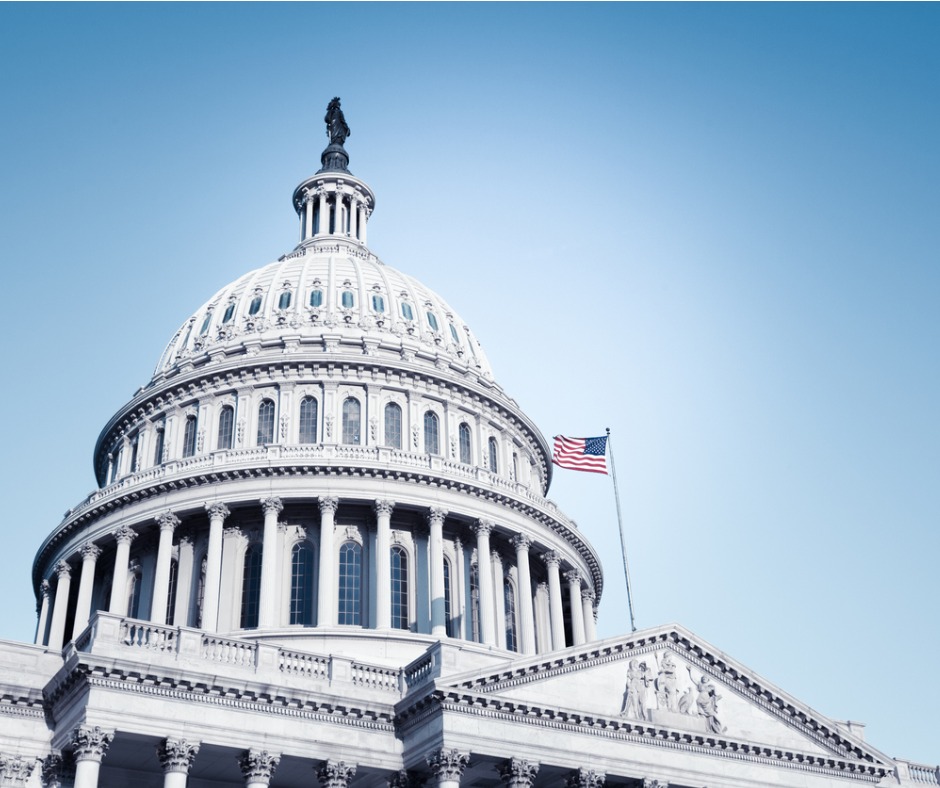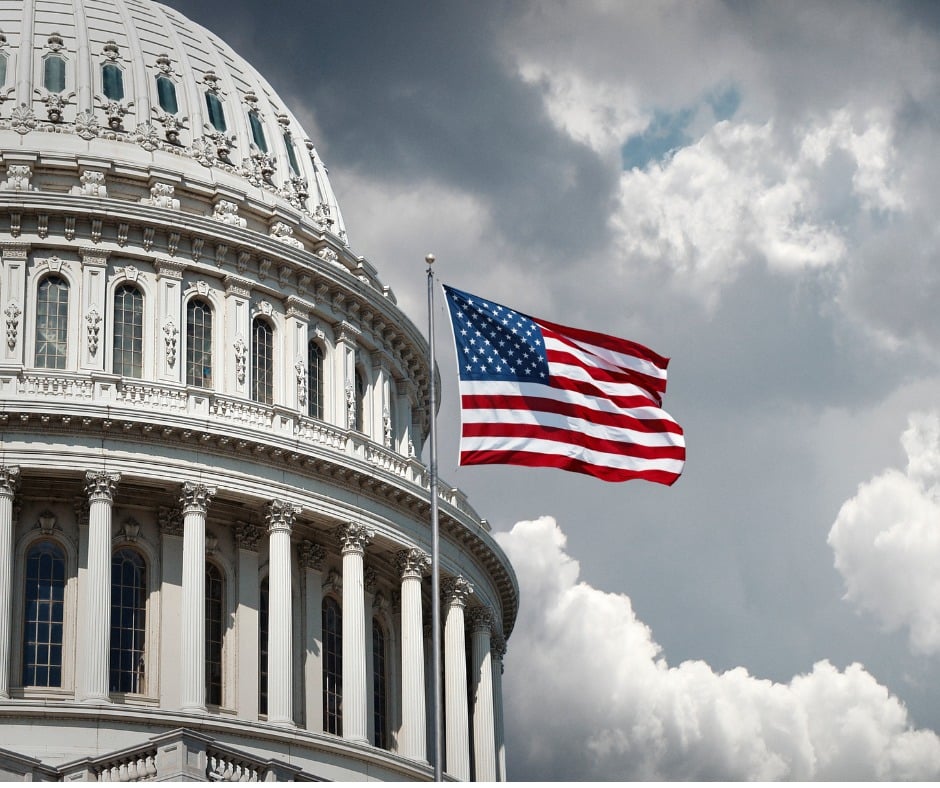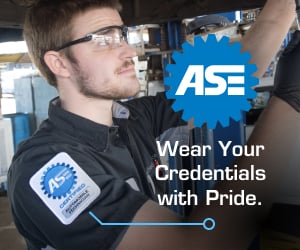Congress and Administration’s Shifts on EV Policy Make the Auto Repair Industry More Resilient
 Innovations in automotive technology often result in new costly expenses for automotive repairers. A recent study conducted by the University of North Florida found that acquiring the equipment needed to conduct advanced driving assistance system (ADAS) calibrations could set a shop back by upwards of $140,000. Training technicians to provide ADAS services represents another strain on resources. The same issue applies to electric vehicle (EV) technology with regards to equipment, training, floorspace allocation, and other costs. Needless to say, many, if not most, auto repair shop owners and operators viewed governmental policies that pushed EV adoption at an unnatural rapid pace with displeasure.
Innovations in automotive technology often result in new costly expenses for automotive repairers. A recent study conducted by the University of North Florida found that acquiring the equipment needed to conduct advanced driving assistance system (ADAS) calibrations could set a shop back by upwards of $140,000. Training technicians to provide ADAS services represents another strain on resources. The same issue applies to electric vehicle (EV) technology with regards to equipment, training, floorspace allocation, and other costs. Needless to say, many, if not most, auto repair shop owners and operators viewed governmental policies that pushed EV adoption at an unnatural rapid pace with displeasure.
The Trump Administration’s and Congress’ recent actions and shifts on federal tax, spending, energy, trade, and industrial policy will likely cause EV adoption to return to a more measured pace informed by market forces like consumer demand. This development could lead to economic and financial relief for many repairers.
The Biden administration sought to stimulate increased consumers’ demand for EVs in several ways, such as the National Electric Vehicle Infrastructure (NEVI) program. Under the $5 billion NEVI program, the federal government intended to fund EV charging stations every 50 miles along key highway corridors. Soon after assuming office, President Trump paused NEVI due to its painfully slow implementation. It also gave the U.S. Department of Transportation (DOT) time to look under the hood and evaluate how to improve the value taxpayers were receiving from their hard-earned money.
Earlier this month, U.S. Secretary of Transportation Sean Duffy announced policy changes to NEVI based on their evaluations. Under the new rules, the DOT will no longer require that NEVI-funded stations be built at least every 50 miles along the corridor. This policy aligns tax-dollar spending with consumers’ actual demand. In other words, EV charging stations should only be built in places where it makes sense to do so based on market conditions. The automotive industry can expect that fewer charging stations will result in fewer EVs on American roads in the short-term than what was previously anticipated.
Congress also spurred a far more significant reset on automotive powertrain policy a few months ago when it passed legislation – ultimately signed into law by President Trump – that rescinded tailpipe emission regulations enacted by the U.S. Environmental Protection Agency (EPA) under the previous administration. By some estimates, the regulation would have led to EVs comprising over 50 percent of new vehicles sold in the U.S. in 2032. More recently, Congress and President Trump eliminated most tax incentives for EV production and purchases. These actions have prevented a scenario of severe hardships for repair businesses, especially small independent shops.
Some members of Congress, like U.S. House Transportation & Infrastructure Committee Chairman Sam Graves (R-MO), are now advocating for changes that would further rectify unfair advantages EVs enjoy over traditional internal combustion engines (ICE). Since Bill Clinton’s presidency, drivers have paid an 18.4 cent tax on every gallon of gasoline purchased. This tax helps fund infrastructure projects. EV drivers avoid that tax since their vehicles don’t consume gasoline despite benefitting from the same infrastructure funded by ICE vehicle drivers. Chairman Graves’ proposal would level the playing field by imposing a $250 annual registration fee for EVs and a $100 annual registration fee for hybrid vehicles. This concept would contribute to more gradual and organic EV adoption as well as even greater synchronization between federal policy and market demands.
The Automotive Service Association (ASA) supports and has advocated for many of these actions. ASA does not favor one powertrain over another. We took these positions because our members, who the country depends on to keep people travelling from A to B, depend on steady markets. Without that environment, many likely cannot afford or predict the investments in their facilities and workforce needed to serve their customers. ASA will continue to fight on their behalf to ensure that federal policies avoid that outcome.
Bob Redding is the Automotive Service Association’s Washington, D.C., representative. He is a member of several federal and state advisory committees involved in the automotive industry.








